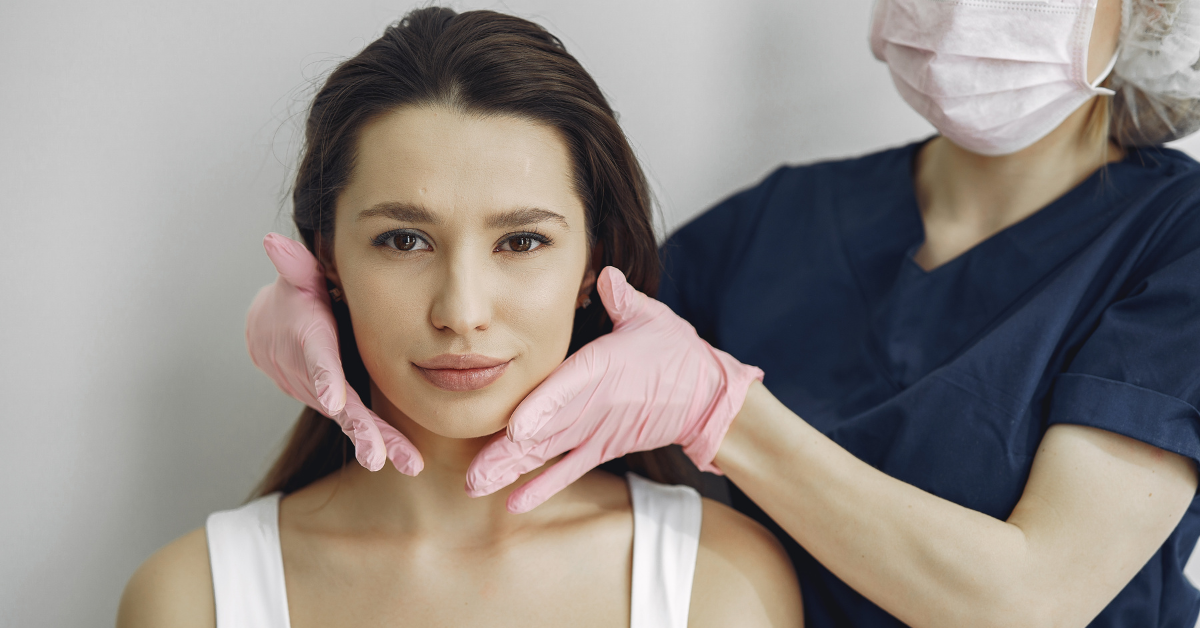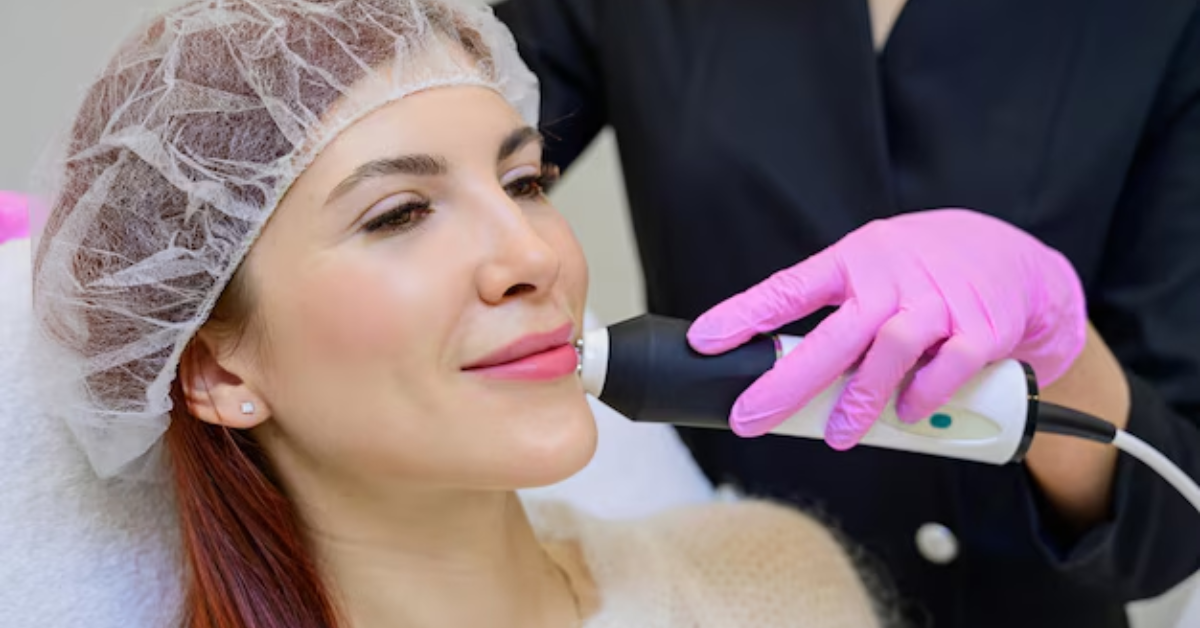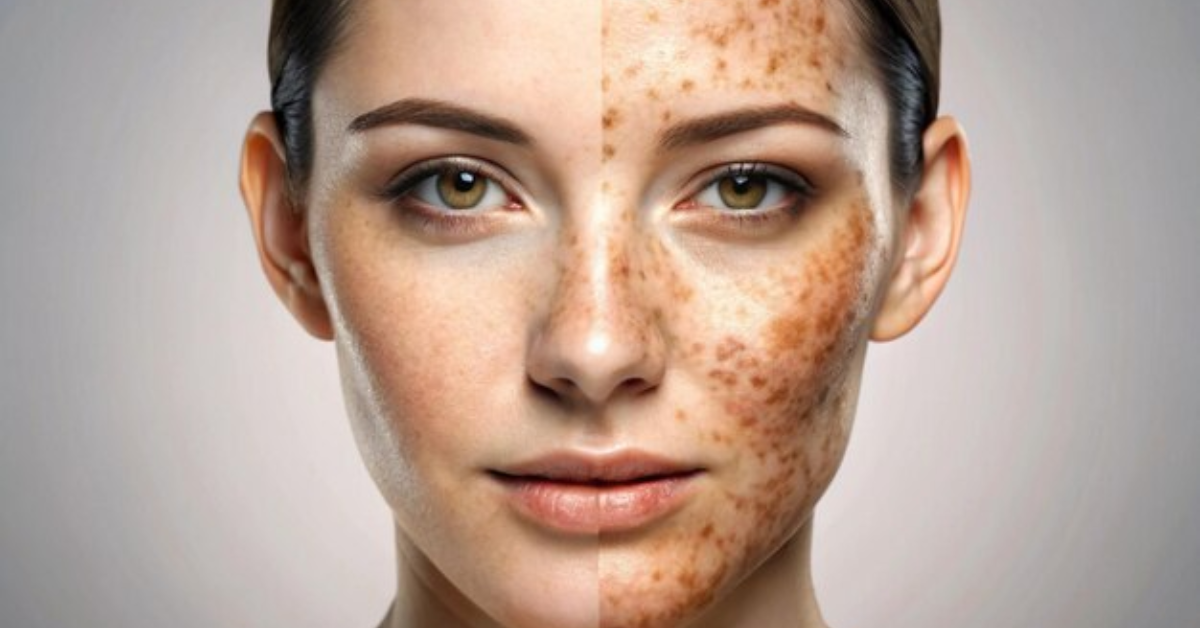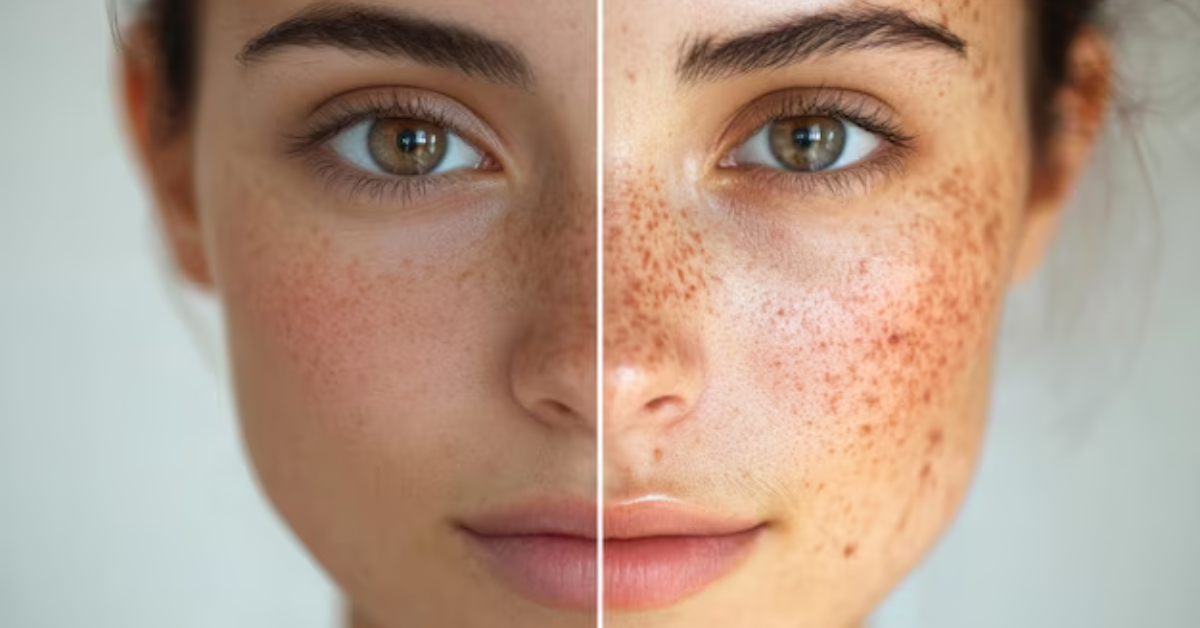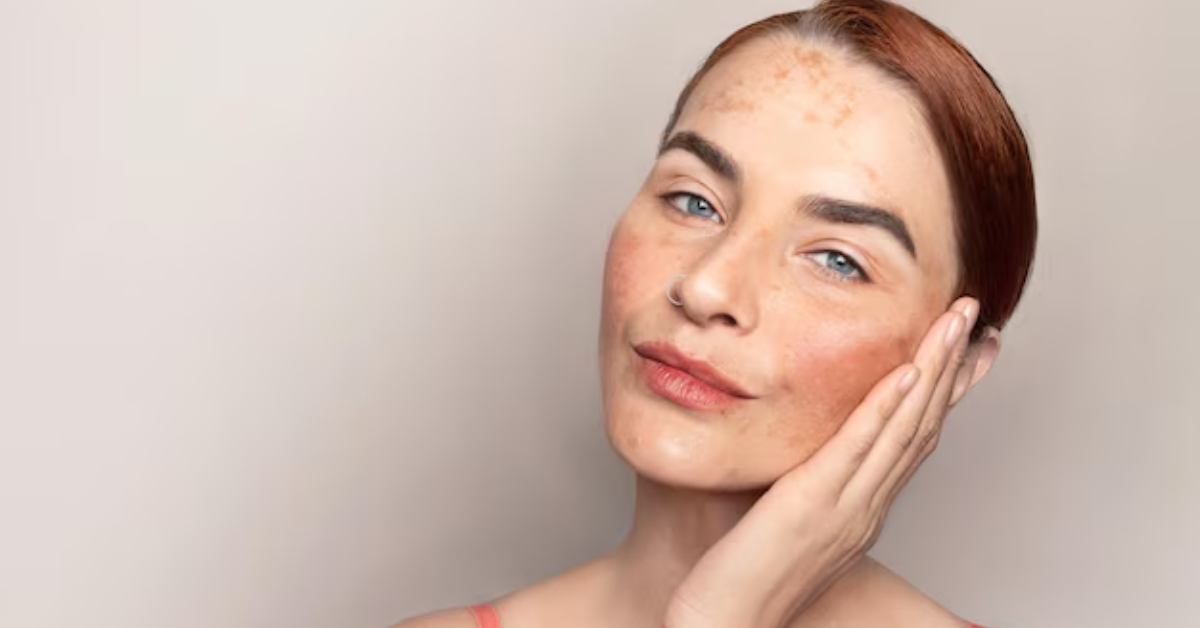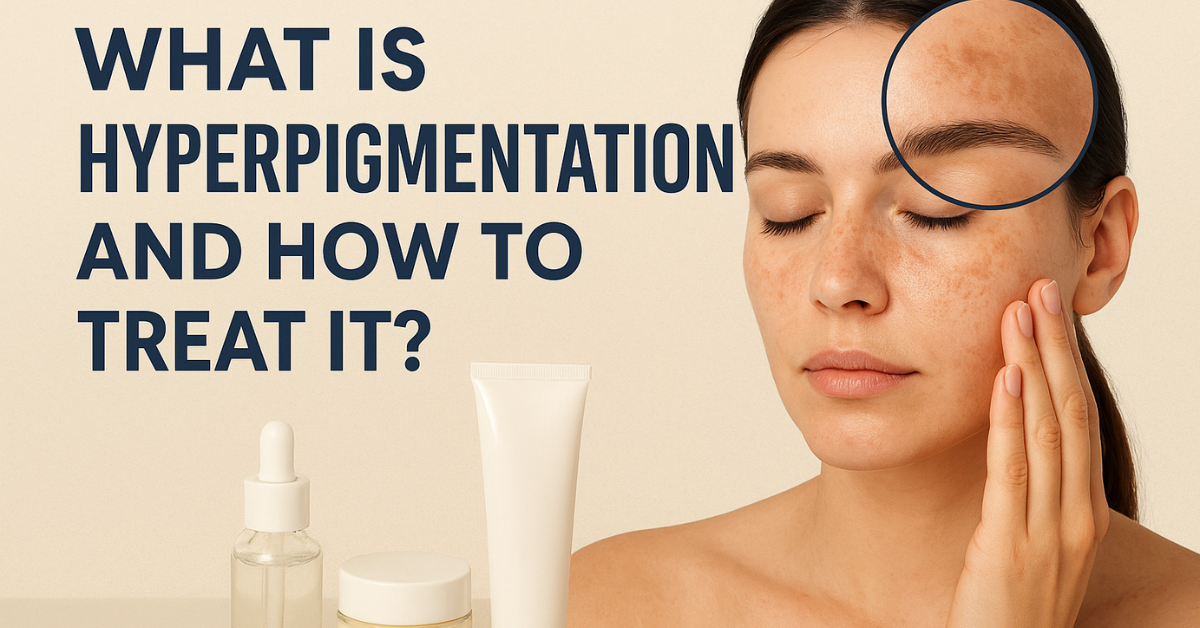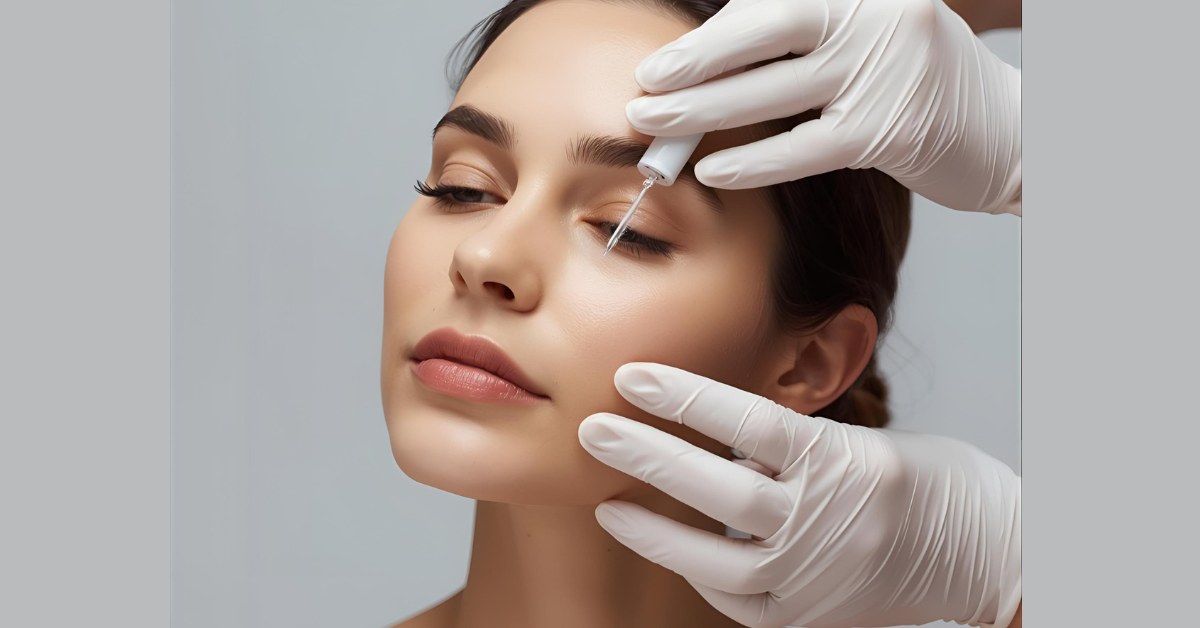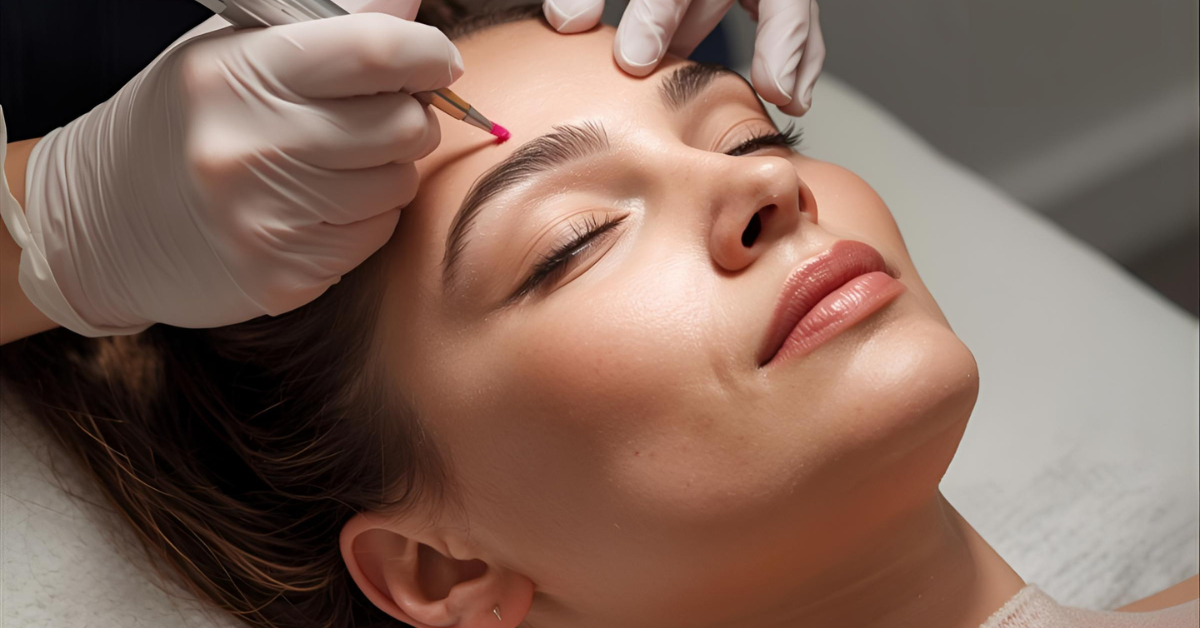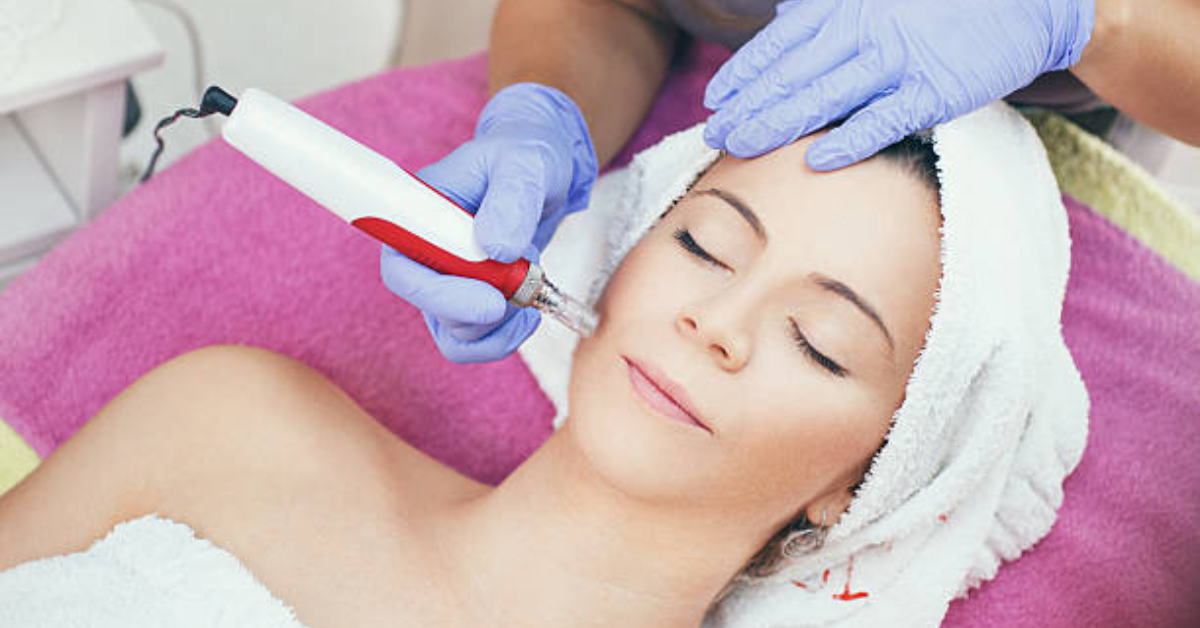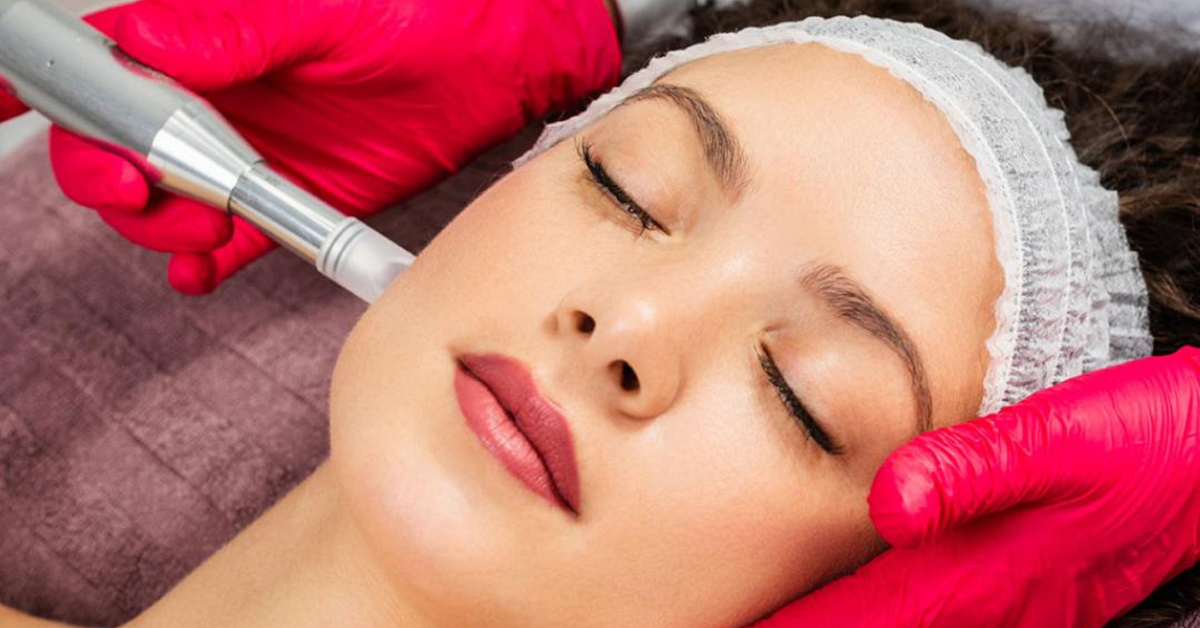Can You Do Microneedling While Pregnant? Safety, Risks, and Better Alternatives
Pregnancy comes with many joyful surprises, but skincare changes are not always one of them. Acne flare-ups, hyperpigmentation, and dryness can make moms-to-be wonder if their favorite beauty treatments are still safe. One popular question is: Can you do microneedling while pregnant?
Microneedling, also known as collagen induction therapy, is loved for boosting skin texture, firmness, and glow. Yet pregnancy is a time when the body becomes extra sensitive, meaning not every treatment fits the moment.
This guide explains everything you need to know before booking that microneedling session, including risks, expert recommendations, and safer alternatives for a radiant pregnancy glow.
What Is Microneedling?
Microneedling uses tiny, sterile needles to create micro-injuries in the skin. That may sound dramatic, but the science is magical. The micro-channels boost collagen and elastin production, helping with:
- Acne scars
- Enlarged pores
- Fine lines and wrinkles
- Stretch marks
- Hyperpigmentation
It’s a go-to treatment for people looking to refresh their skin without lasers or surgery. But during pregnancy, the skin is on a whole new biological journey.
How Safe and Effective is Microneedling for Skin Rejuvenation?
The Short Answer: Is Microneedling Safe During Pregnancy?
Most dermatologists and OB-GYNs advise avoiding professional microneedling while pregnant. Microneedling while pregnant is not recommended due to safety concerns and lack of scientific testing on expectant mothers. Your immune system changes during pregnancy, and your skin becomes more reactive. That means treatments that are normally safe can suddenly cause problems.
Why Microneedling Is Not Recommended While Pregnant
1. Higher Risk of Infection: Microneedling creates tiny wounds. During pregnancy, the immune system works differently, increasing the chance of infection and slower healing.
2. Sensitivity and Irritation: Hormones like estrogen make the skin more fragile and prone to inflammation. What was once a gentle tingling may feel like fire.
3. Post-Treatment Products May Be Unsafe: After microneedling, the skin absorbs products more deeply. Many serums used in treatment contain ingredients that are not pregnancy-safe, such as:
- Retinoids
- Hydroquinone
- Certain peptides
- Strong acids
These can potentially affect fetal development.
4. Lack of Research: Pregnant women are rarely included in cosmetic clinical trials (ethically so), meaning there’s no strong evidence proving safety.
So the consensus among professionals is simple: wait until after delivery and breastfeeding to resume microneedling.
What About Microneedling Pens or Dermarolling at Home?
DIY dermarollers are popular, but they also come with risks. Ensuring proper sterilization at home is tricky, and infection risk increases if technique or hygiene isn’t perfect.
Even though at-home needles are shorter, the hormonal skin sensitivity remains the same. It’s better to press pause on the whole concept rather than gamble with your skin’s health.
What Skin Concerns Do Pregnant Women Commonly Face?
You’re not alone if you notice changes like:
- Melasma (pregnancy mask) dark patches on the face
- Acne breakouts due to hormonal surges
- Stretch marks from expanding skin
- Dryness or oiliness with no warning
These are common pregnancy warriors, and the right skincare routine can help fight them safely.
Is Microneedling the Right Skincare Treatment for You?
Safe Alternatives to Microneedling During Pregnancy
Just because microneedling is off the menu doesn’t mean you can't treat yourself to good skincare. Glowing skin is still within reach. Here are safer options approved by dermatologists:
Hydrafacial (Pregnancy-Safe Modified Version): A gentle hydrafacial using pregnancy-compatible boosters can cleanse, exfoliate, and hydrate powerfully without needles.
LED Light Therapy: Red and blue light help control acne and stimulate collagen without breaking the skin barrier.
Microdermabrasion (Gentle Setting): Light exfoliation can smooth rough texture and brighten dull skin.
Soothing Facials with Safe Ingredients: Look for products containing:
- Vitamin C
- Hyaluronic acid
- Niacinamide
- Pregnancy-safe antioxidants
These boost radiance and calm sensitivity.
Sunscreen: Daily use of mineral sunscreen helps prevent melasma from deepening. Think of it as your skin’s knight in shining armor.
When Can You Safely Resume Microneedling?
Most experts recommend waiting until after delivery and breastfeeding. Giving your hormones time to settle helps your skin go back to normal sensitivity and ensures post-treatment products don’t affect your baby.
Once cleared by your healthcare provider, microneedling can become a powerful part of your post-pregnancy skincare comeback, especially for stretch marks or acne scars.
Final Thoughts
Microneedling is a wonderful treatment for renewing skin, but pregnancy is a moment to prioritize safety over aesthetics. Although the desire for glowing skin is real, your body is already doing the most impressive job ever by growing a new life.
Switching to gentler, pregnancy-safe skincare options ensures both you and your baby remain well-protected. The microneedles will still be around once your bundle of joy arrives, and your skin will thank you for the patience.
FAQs About Microneedling While Pregnant
Q: Is microneedling safe during pregnancy?
A: No. Dermatologists recommend avoiding it due to infection risk and increased skin sensitivity.
Q:Can I microneedle during breastfeeding?
A: Wait until breastfeeding ends or consult your doctor first, especially regarding post-treatment topical products.
Q:What beauty treatments are allowed while pregnant?
A: LED therapy, gentle facials, hydrafacial modifications, and pregnancy-safe skincare products.
Q:Can microneedling cause hyperpigmentation while pregnant?
A: Yes. Pregnancy skin is more reactive, increasing the chance of irritation and dark spots.
Q:How can I treat pregnancy acne safely?
A: Use products with niacinamide, azelaic acid, and gentle cleansers recommended by your dermatologist.

